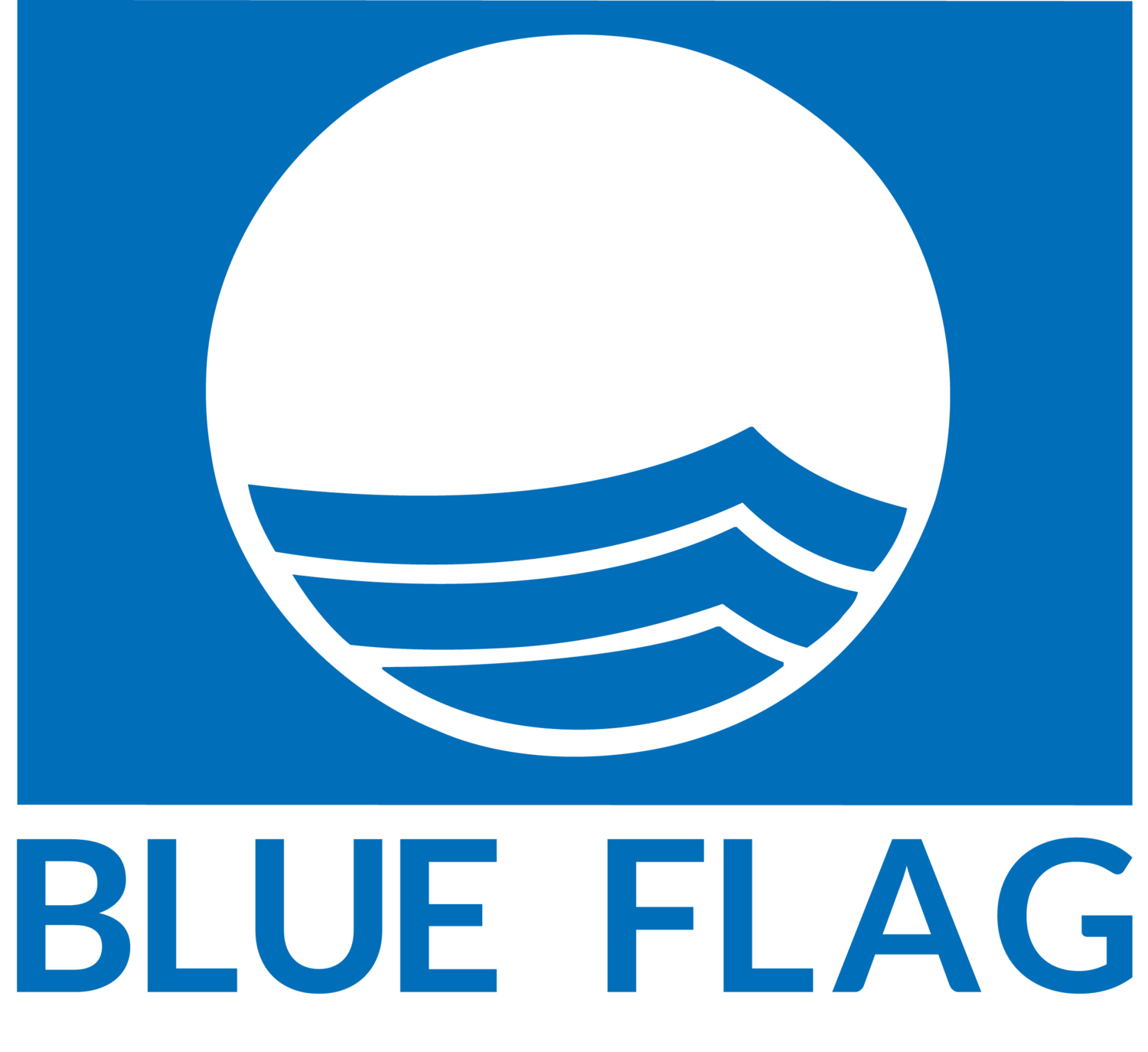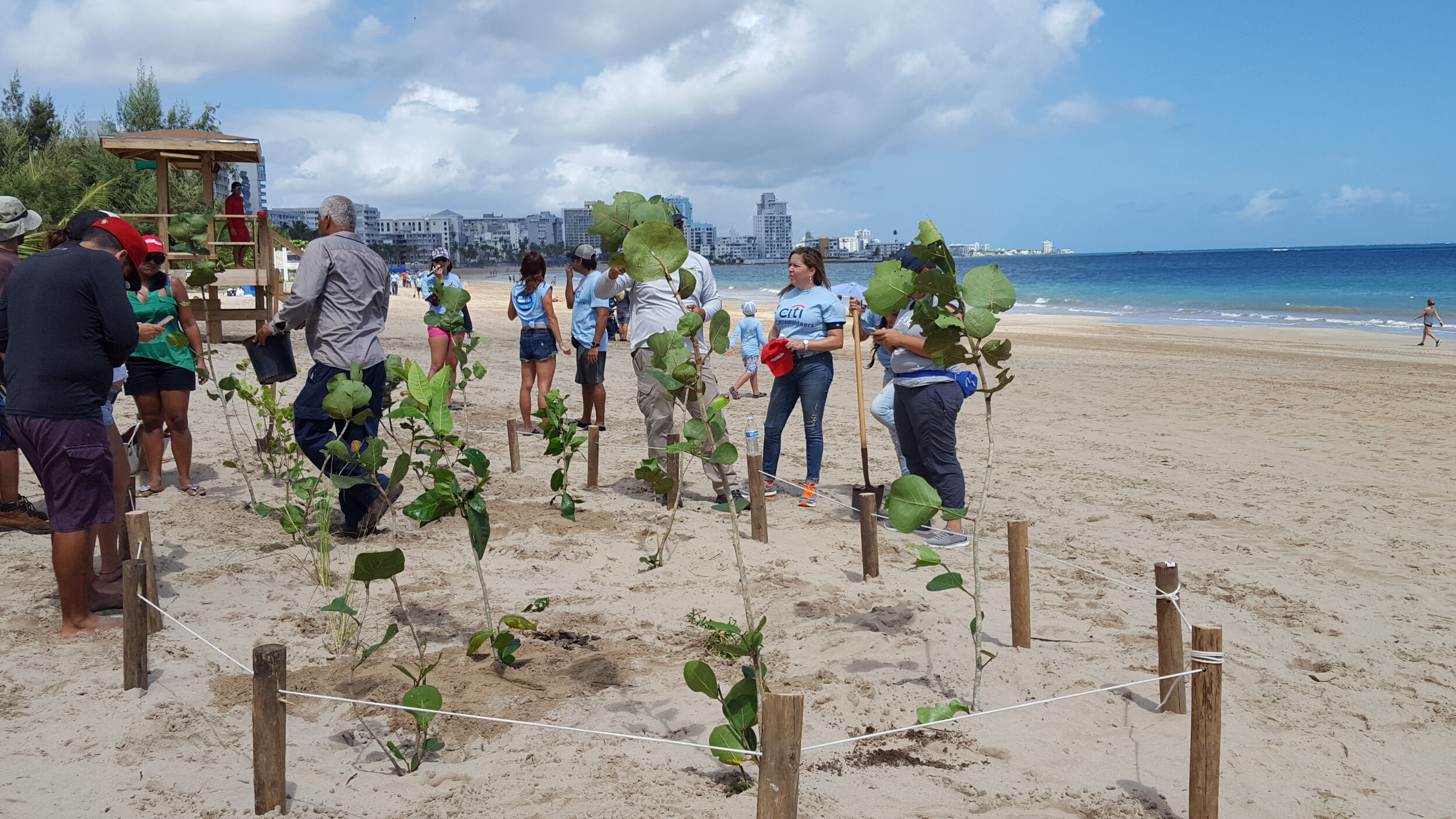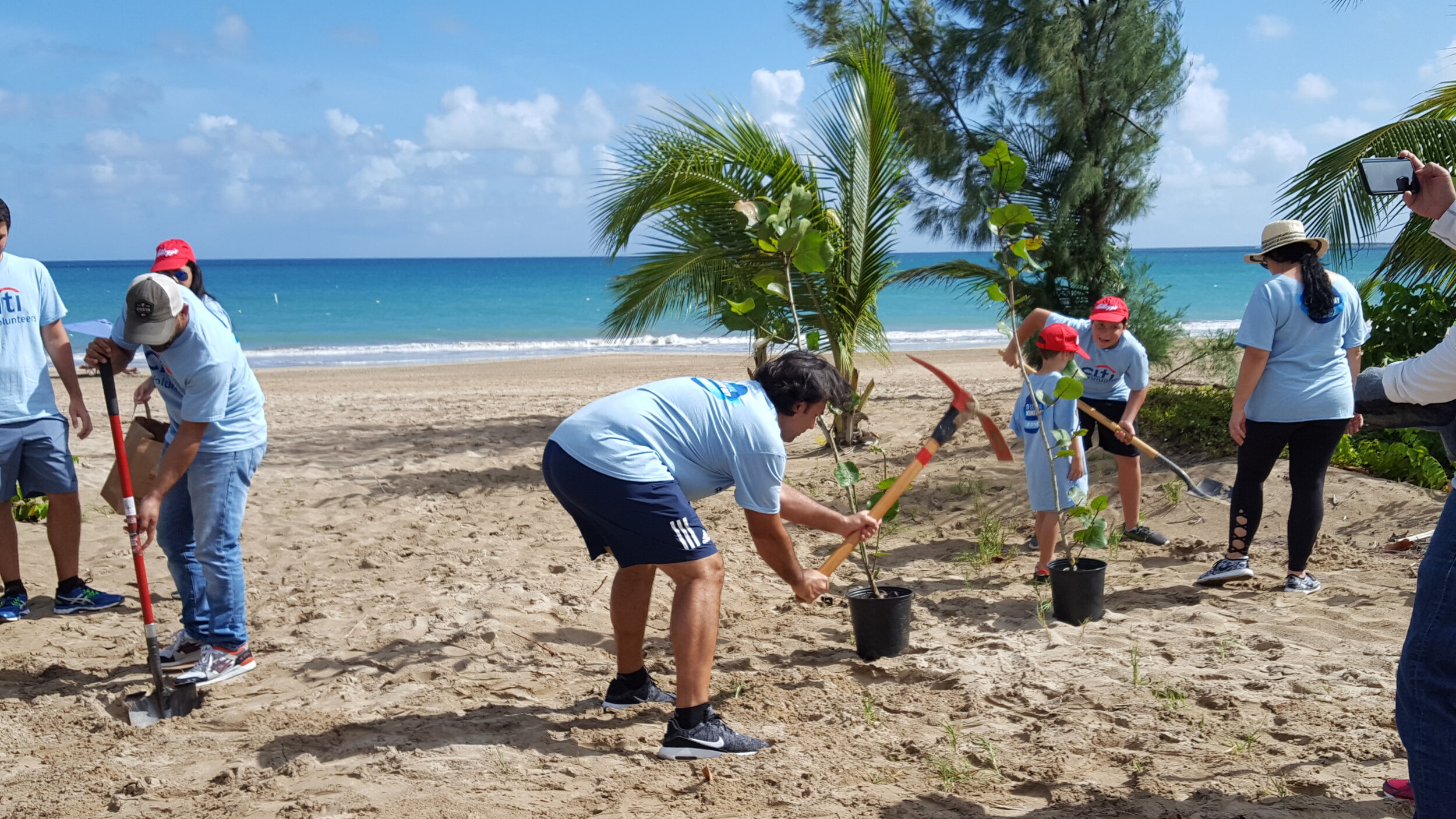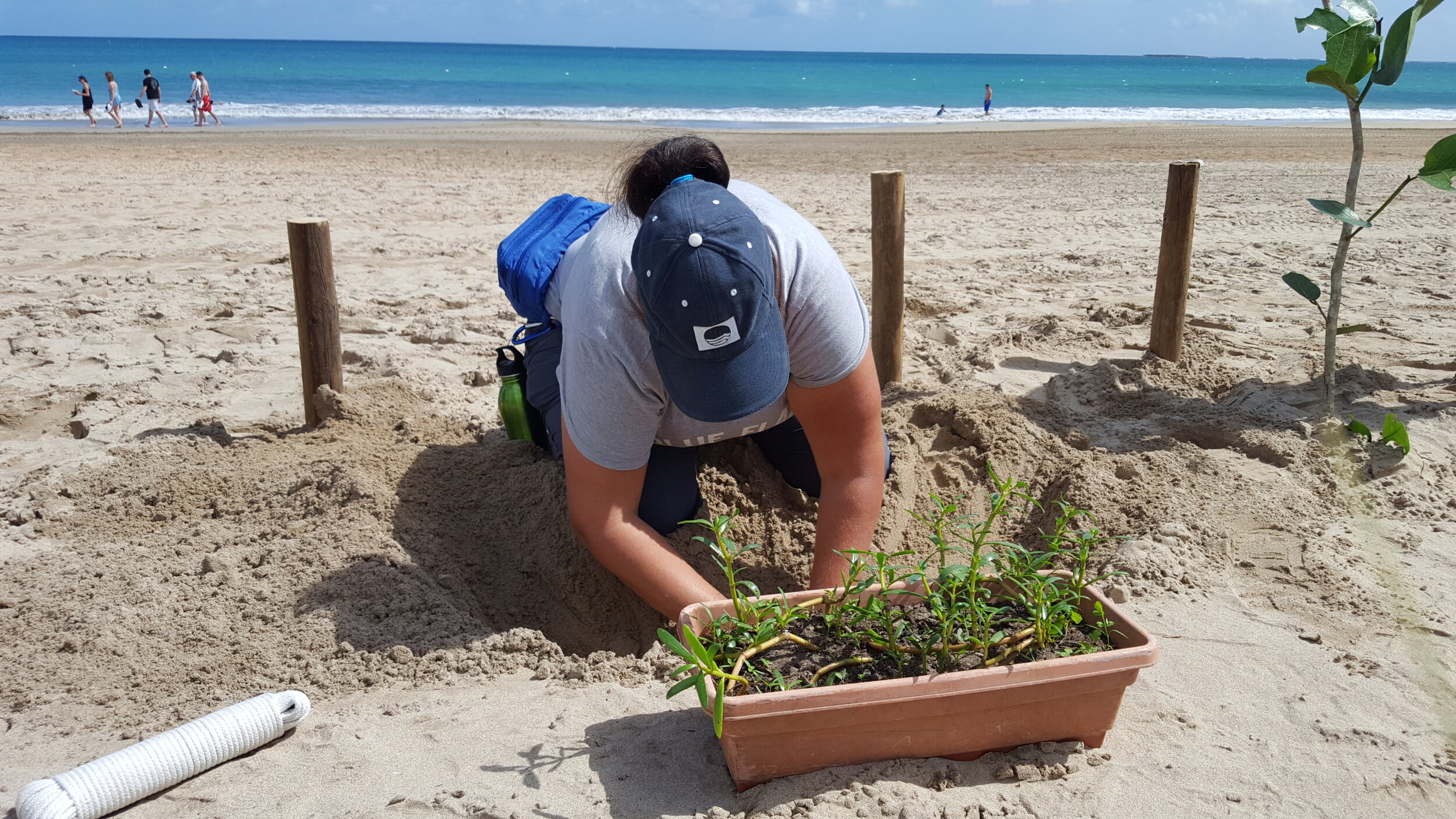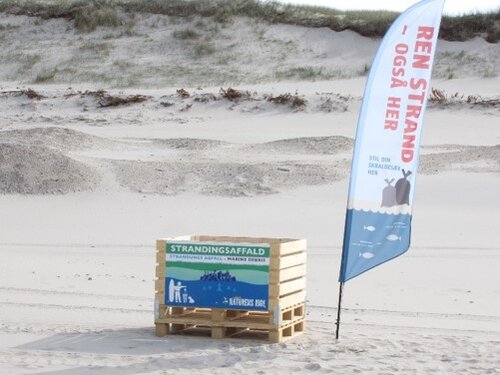The Blue Flag programme is characterized by its whole-institutional approach, aiming at raising awareness on climate change and on strategies to reduce the environmental footprint worldwide.
The programme aims at encouraging sustainable tourism through the promotion of sustainable management at all levels and towards all kind of stakeholders: schools, businesses, public organizations, tourists, local communities.
Increasing recycling and the use of alternative energy are some of the mitigating actions undertaken by the programme.
The protection of green cover and local biodiversity put forward by Blue Flag helps ensuring a healthy ecosystem that contributes to both climate change adaptation and mitigation.
PUERTO RICO
Blue Flag inherently addresses climate action via educational activities required on the sites. In Puerto Rico one strategy is to connect schools and private companies to site activities. A special focus is climate and shoreline resilience to develop resilient communities to climate impacts. During the disastrous 2017 hurricane season many communities suffered coastal floods, and mangroves and other vegetation have been lost. After that, at least two reforestation activities per beach have been done, as mitigation measures and to educate tourists and communities. Indigenous plants, along other recommended vegetation, are used, in order to reduce shoreline erosion and promote dunes restoration.
denmark
Among the activities to fight climate change, in Denmark ocean bins are used to remove marine waste from Blue Flag beaches. The ocean bins make it possible for volunteers to remove larger pieces of marine debris that does not fit in regular bins. They thus provide a solution for beach visitors that want to make a difference in a local perspective by removing marine debris. The ocean bins in Denmark are used at the Danish West Coast where the majority of marine debris wash up. They are placed at selected beaches that are known to have beach visitors all year round. The bins are placed at the beach almost the entire year but are generally removed during high summer where the number of beach visitors are high.
